I. Introduction
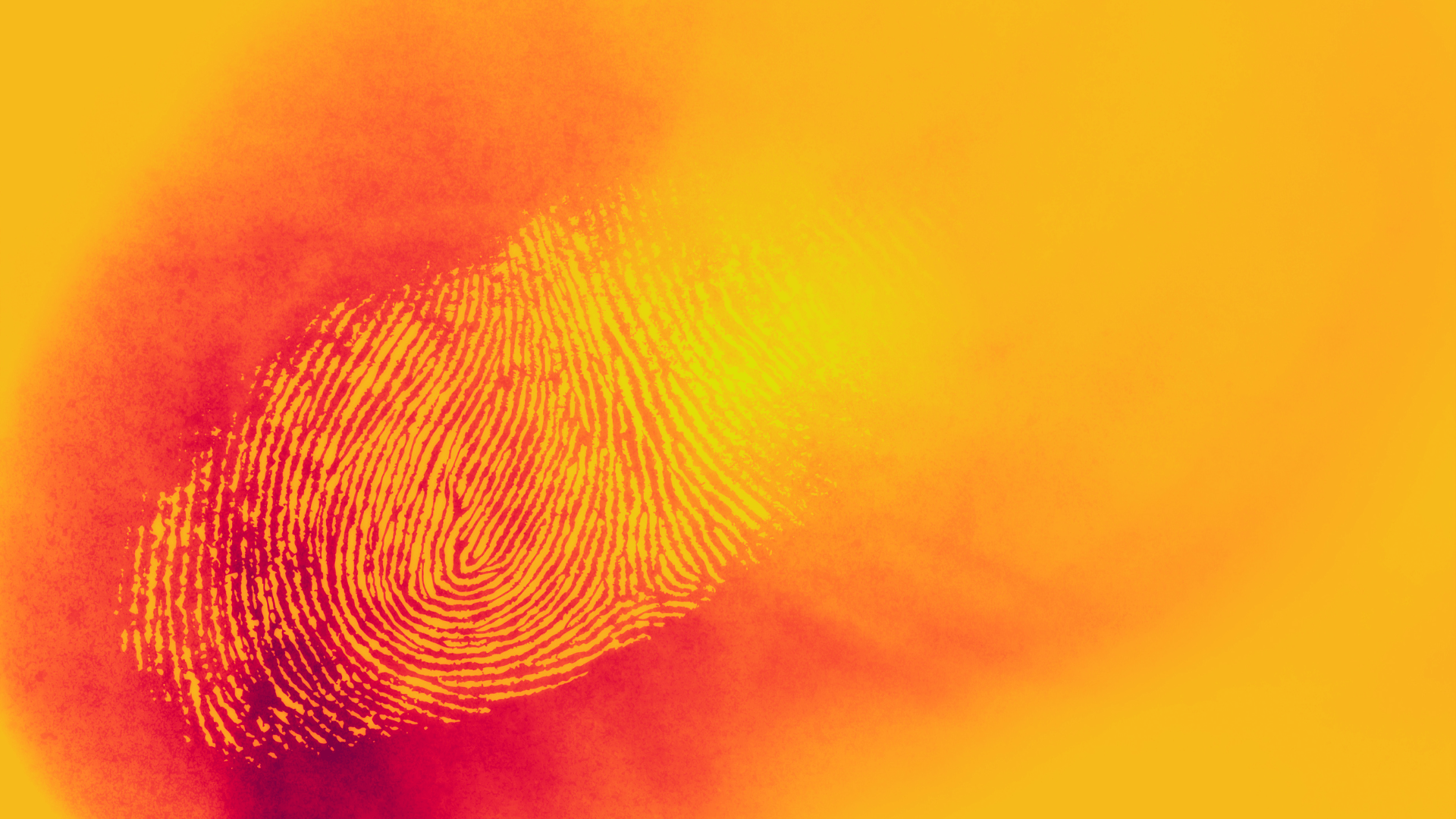
Thermal cameras, also known as thermal imaging cameras, are advanced devices that transform thermal energy (heat) into visible light to examine objects or scenes. They’re employed in a variety of fields such as surveillance, building inspections, and wildlife monitoring, offering a unique view of the world not through light, but through the heat signatures of objects.
However, a key question often arises concerning their capability: Can thermal cameras see through fog? Fog, as we know, is a significant visibility disruptor, but how does it interact with a technology designed to detect heat rather than light? This article aims to explore this topic in depth, shedding light on the capacities and potential limitations of thermal cameras in foggy conditions. We will examine the science behind these devices and their interaction with fog, aiming to provide a comprehensive understanding of this specific aspect of thermal imaging technology.
What is a thermal camera?

A thermal camera, or a thermal imaging camera, is a complex piece of technology that leverages the principles of infrared radiation to visualize heat – a type of energy invisible to the human eye. These devices ‘see’ the environment not through light, but through the subtle differences in temperature.
To better understand how a thermal camera works, we need to delve deeper into the science of infrared radiation. Infrared radiation is a type of electromagnetic radiation with wavelengths longer than those of visible light, but shorter than those of microwaves. Every object in our environment emits some amount of infrared radiation as a function of its temperature. The hotter the object, the more infrared radiation it emits.
Microbolometer
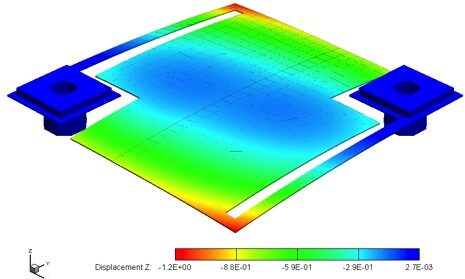
Thermal cameras are built around an infrared-sensitive detector, often composed of an array of thousands of detector pixels. This component is known as a microbolometer – a type of sensor that absorbs infrared radiation and reacts to the heat produced by this absorption. Each microbolometer pixel measures the temperature by observing how much the incoming infrared radiation heats the pixel.
Thermogram
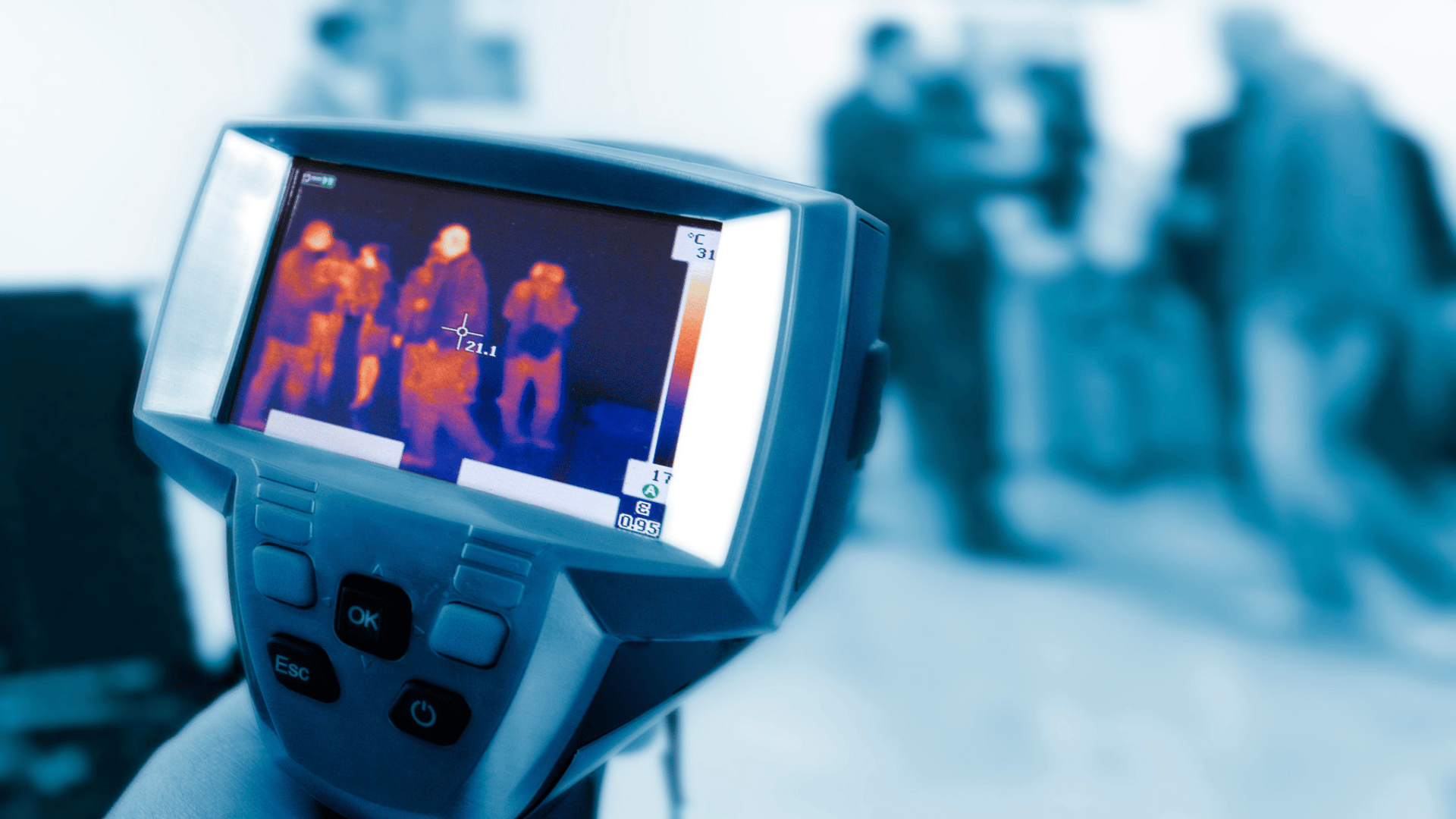
Each pixel’s temperature, representing the temperature of a specific point in the scene, is then recorded as a digital value. The array of pixels forms a digital map of the temperature distribution across the scene, also known as a thermogram.
This thermogram is then processed through complex algorithms to translate it into a format that can be visually interpreted. The outcome is an image with a color palette that represents the intensity of infrared emission and thus, the relative temperature of objects. Typically, warmer objects appear as brighter or warmer colors, while cooler objects are darker or cooler colors.
The Science Behind Fog
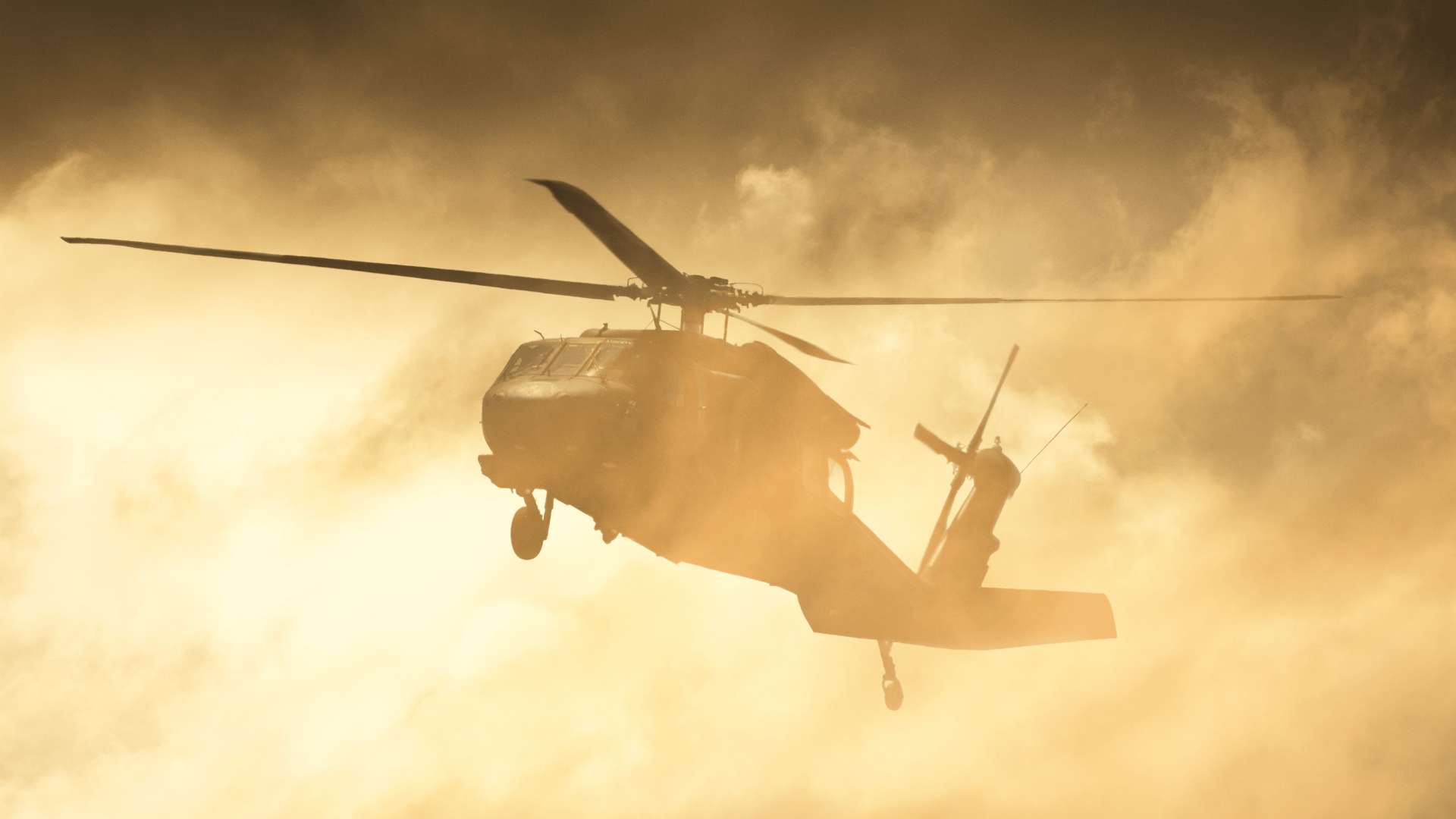
Fog is a weather condition that forms when there’s a significant concentration of water droplets suspended in the atmosphere near the Earth’s surface. It is essentially a low-lying cloud, usually resulting from moisture-laden air cooling to a point (the dew point) where it can no longer hold all its moisture.
Visibility becomes compromised in foggy conditions due to the high density of tiny water droplets that scatter light in all directions. This scattering of light makes it difficult for our eyes, or for typical optical cameras, to distinguish objects clearly. Hence, fog acts as an obscuring medium that hampers the propagation of light.
Mie Scattering

Water droplets in fog scatter light through a process known as Mie scattering. This type of scattering occurs when the particles causing the scattering (in this case, water droplets) are similar in size to or larger than the wavelengths of the light.
When a beam of light encounters a water droplet in fog, the light waves are deflected in different directions, a phenomenon known as scattering. This scattering occurs because light waves interact with the water droplets, causing the waves to spread out and change direction.
The end result is that instead of light traveling in a straight line, it gets spread out in various directions. This is why in dense fog, light appears to come from all directions, and visibility becomes significantly reduced.
In the case of fog, the droplets are so numerous and so closely spaced that they create a dense diffusive medium. This causes the light to be scattered multiple times, further reducing visibility. The scattering of light by water droplets in fog is quite different from the way fog interacts with infrared radiation, the type of radiation that thermal cameras use to create images.
Interaction Between Fog and Thermal Radiation
Thermal radiation, specifically the infrared radiation detected by thermal cameras, is fundamentally different from visible light. It lies in a different section of the electromagnetic spectrum, characterized by longer wavelengths.
How water absorbs, emits and transmits infrared radiation
Fog, as we established, is comprised of tiny water droplets. Water is a unique substance in that it can absorb, emit, and transmit infrared radiation. This means fog can influence the propagation of thermal radiation.
While fog does not scatter thermal radiation as it does light, it can absorb and emit this radiation, which can impact the readings on a thermal camera. This results in a reduction of contrast in thermal imaging, making it difficult to distinguish objects that are at similar temperatures to the surrounding fog.
Density of fog
Furthermore, the denser the fog, the more infrared radiation is absorbed and re-emitted, and the more challenging it becomes for the thermal camera to detect objects through the fog.
In summary, although fog does not scatter thermal radiation like it does with visible light, its properties can still impact the efficiency of thermal cameras. The ability of a thermal camera to “see” through fog is not absolute, but rather dependent on factors such as the density of the fog and the temperature difference between the object and the surrounding environment.
Can thermal cameras see through fog?
When it comes to determining whether thermal cameras can see through fog, the answer is nuanced. Yes, thermal cameras can detect heat signatures in foggy conditions, but their effectiveness is not absolute and is influenced by several factors.
The Role of Temperature Differences
The efficiency of thermal cameras in foggy conditions is also influenced by the temperature variance between the object and the fog. Greater temperature differences result in more distinct heat signatures, increasing their detectability. Objects that have higher temperature differences emit more infrared radiation, making them more distinguishable to thermal cameras.
Camera Quality and Technology Impact
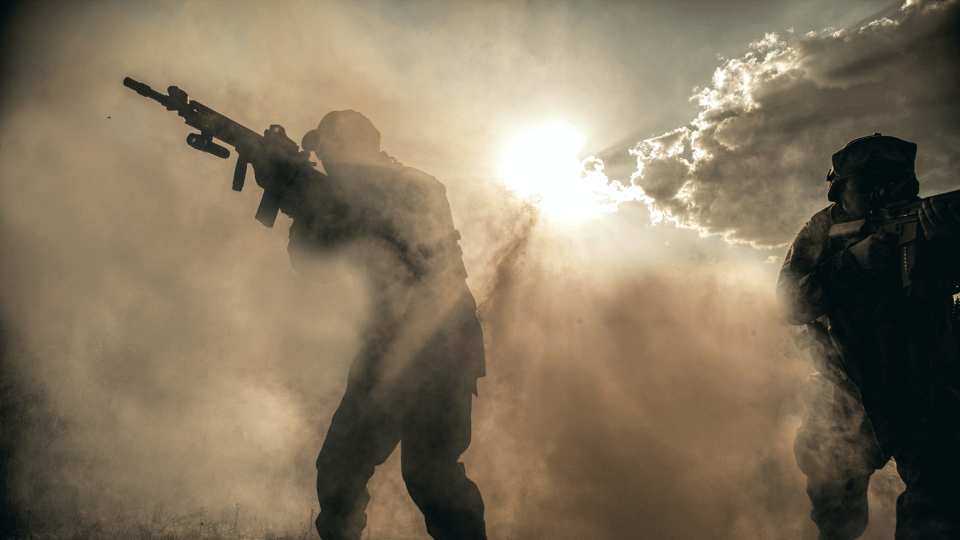
The efficacy of thermal cameras in foggy environments can differ significantly based on the camera’s quality and technological features. High-resolution thermal cameras with sophisticated capabilities often perform better in foggy conditions compared to their lower-end counterparts. For example our long range thermal imaging cameras use the most advanced thermal imaging technology that is available. In return they perform extremely well in foggy conditions.
So can thermal imaging cameras see through fog?
The answer is yes but the quality is a changing variable. Their performance is not foolproof and depends on various factors such as fog density and temperature differences. Despite these limitations, thermal cameras still hold a significant advantage over traditional optical cameras in foggy conditions due to their ability to detect heat signatures invisible to the human eye and regular cameras.
Real-life Applications: Overview
Thermal cameras are instrumental in various real-world applications where visibility is compromised due to foggy conditions. By leveraging their ability to detect heat signatures, these devices can significantly enhance situational awareness in environments where traditional cameras or human vision may falter.
Maritime and Aviation Navigation
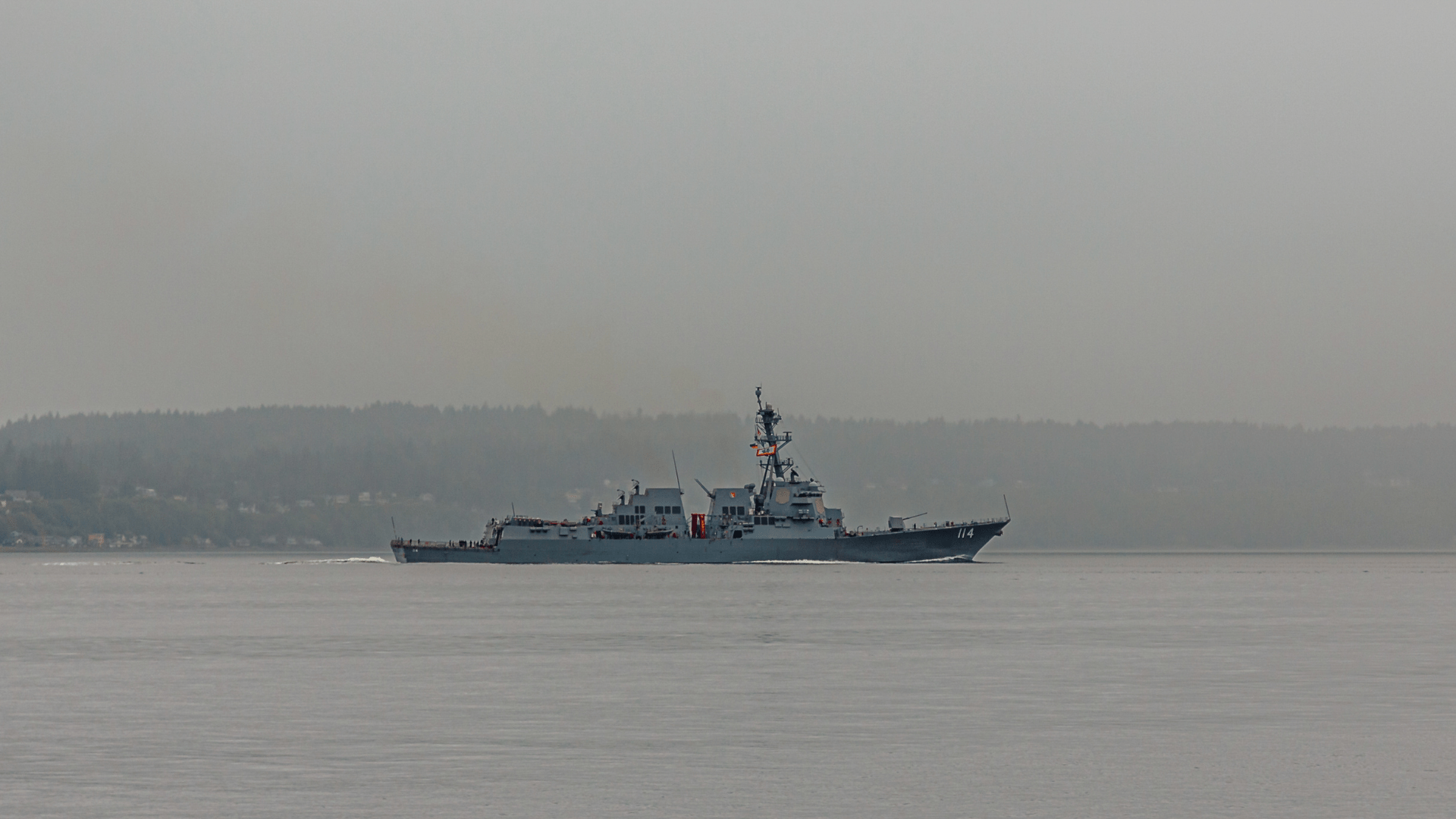
One of the primary applications of thermal cameras in foggy conditions is in maritime and aviation navigation. These sectors often face challenges due to fog, which can severely limit visibility and increase the risk of collisions. Thermal cameras can help identify heat signatures from other vessels, buoys, or obstacles, providing crucial information that enhances safety and navigation accuracy.
Surveillance and Security
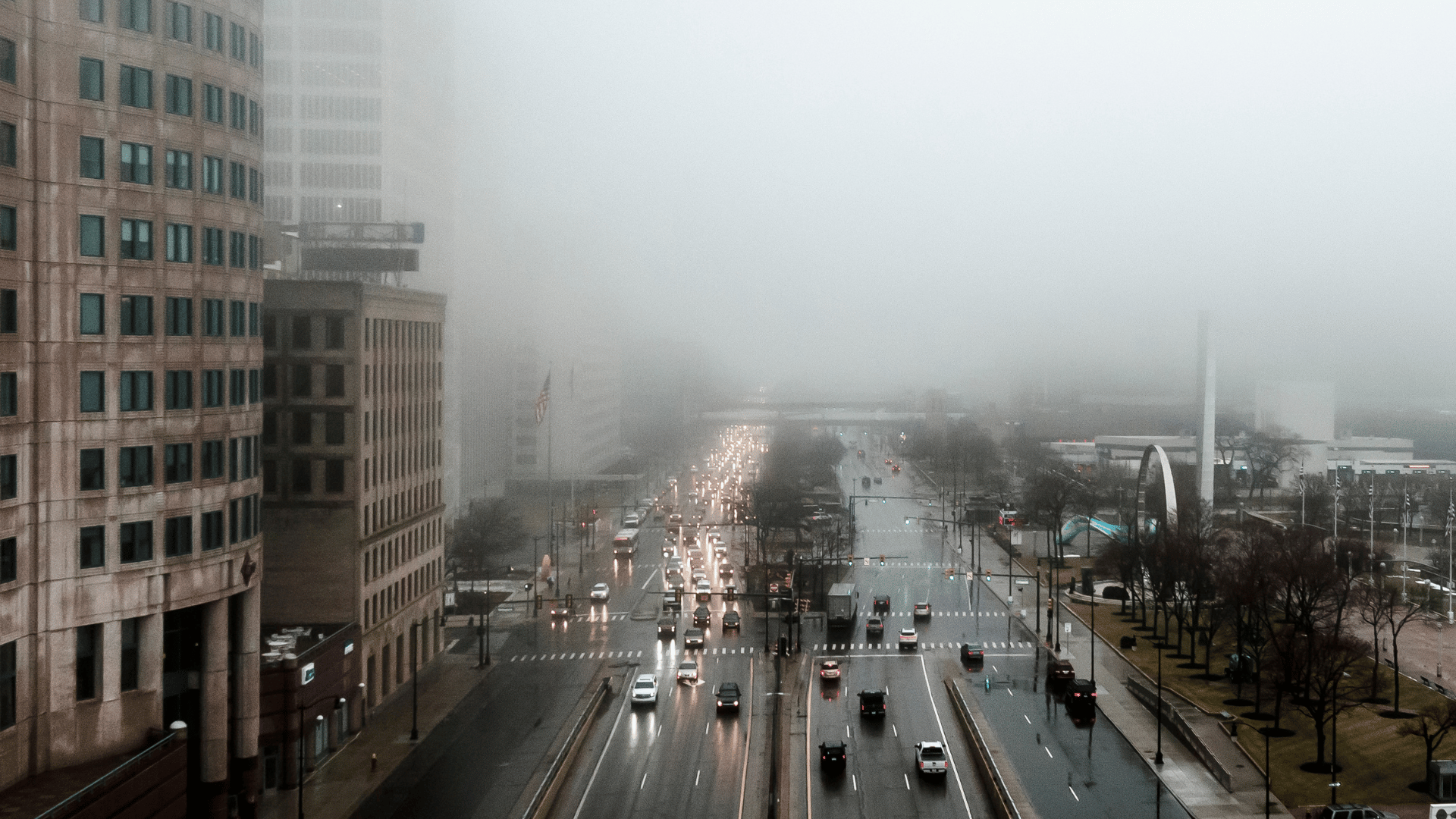
In the field of surveillance and security, thermal cameras prove essential when foggy conditions may otherwise hinder monitoring efforts. By identifying the heat signatures of potential intruders, these cameras maintain their utility even in reduced visibility, offering an advantage over traditional optical cameras.
Wildlife Observation and Research
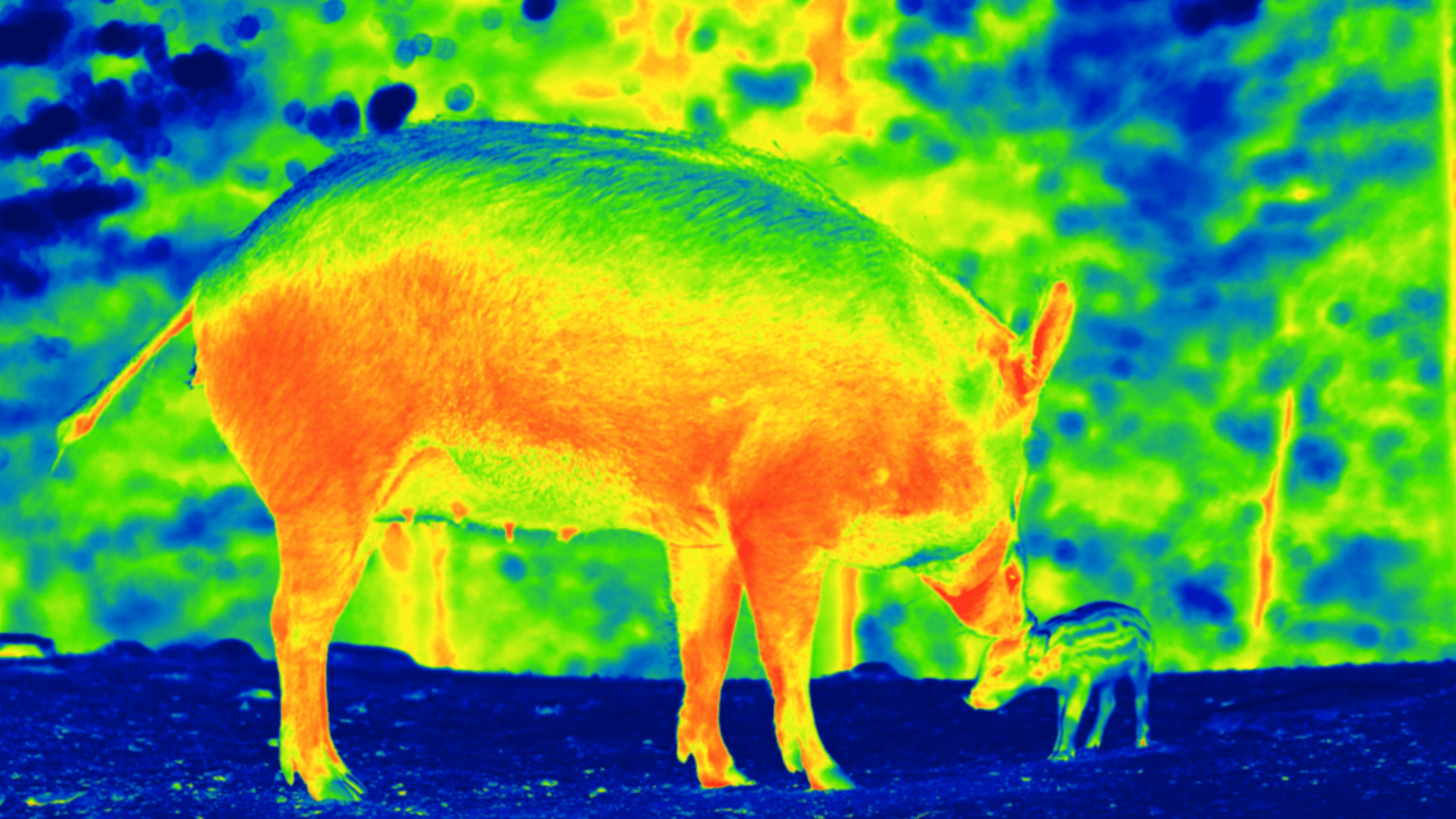
Thermal cameras are also beneficial for wildlife observation and research in foggy conditions. They can help detect and monitor animals based on their heat signatures, making these devices particularly useful for nocturnal observations or in environments prone to fog.
Benefits and Challenges
While the benefits of using thermal cameras in foggy conditions are numerous, certain challenges come with these applications. On the plus side, thermal cameras can significantly improve visibility and situational awareness when other means fail, making them an invaluable tool in safety-critical applications.
However, as discussed earlier, the effectiveness of thermal cameras can be reduced in dense fog or when temperature differences between the target and the environment are minimal. Furthermore, high-quality thermal cameras that offer better performance in foggy conditions can be quite costly, which may be a deterrent for some users.
Overall, while thermal cameras aren’t a foolproof solution for visibility in all foggy conditions, they undoubtedly offer a unique capability that can be leveraged to great advantage in many real-world scenarios.
Enhancing Visibility in Foggy Conditions with SPI Corp’s Technologies
Foggy conditions present a unique challenge for visibility. At SPI Corp, we specialize in providing advanced technologies to tackle these challenges. In this blog post, we’ll walk you through the various technologies we offer that are specifically designed to enhance visibility in foggy environments.
Long Range Thermal Infrared Imaging Cameras
Our long-range thermal infrared imaging cameras detect infrared radiation, which is heat emitted by objects. This makes them highly effective in fog, as they do not rely on visible light. These cameras are equipped with FLIR (Forward Looking Infrared) technology which helps in identifying heat signatures, even from a great distance.
EO/IR Systems
At SPI Corp, we combine visible light cameras with infrared sensors to create Electro-Optical/Infrared (EO/IR) systems. These multi-spectral visibility systems fuse information from both visible and infrared spectrums, ensuring a more detailed and comprehensive view in foggy conditions.
Sensor Blending and Long Range Image Fusion
We employ sensor blending and long-range image fusion to integrate data from multiple sensors into a single image. This technology helps in creating images with enhanced clarity and information by combining, for example, thermal data with radar or visible light data.
Long Range Laser Cameras
Our long-range laser cameras use laser illumination in conjunction with imaging sensors. This combination is effective in fog as the laser light can penetrate the fog and provide illumination for the imaging sensors.
Night Vision Cameras and Sensors
SPI Corp’s night vision cameras and sensors are designed to amplify available light. This enables the users to have visibility even in low-light conditions like fog. These systems are particularly useful where there is some ambient light to work with.
SWIR Cameras and Sensors
Our Short-Wave Infrared (SWIR) cameras and sensors are designed to penetrate obscurants like fog. SWIR provides better visibility compared to visible light and can provide more detailed imagery than thermal cameras under certain conditions.
Custom Design and Manufacturing
Understanding that different scenarios have different requirements, at SPI Corp, we also offer customization. Whether it’s FLIR systems, thermal scopes, or infrared cameras, we can tailor these technologies to meet your specific mission specifications or security demands.
Conclusion
Enhancing visibility in foggy conditions requires cutting-edge technology. At SPI Corp, we are dedicated to providing the most advanced solutions for these challenges. Whether it’s long-range thermal cameras, EO/IR systems, or custom-built solutions, we have the technology to ensure that fog doesn’t stand in your way. Our products are backed by years of experience and are trusted by law enforcement, military, and security personnel worldwide.
If you have any questions or need further information on how our technologies can assist you in foggy conditions, please do not hesitate to reach out to our experienced team.
Resources
Analysis of Thermal Imaging Performance under Extreme Foggy Conditions: Applications to Autonomous Driving
- Source: Journal of Imaging
- https://www.mdpi.com/2313-433X/8/11/306
- Summary: This research article presents an analysis of thermal cameras under extreme foggy weather conditions, particularly for autonomous driving. The study was conducted as part of the European AWARD project and investigates the breaking point of thermal cameras in dense fog conditions.
Cerema PAVIN Fog and Rain Platform
- Source: Cerema
- Link: http://www.cerema.fr/en/innovation-recherche/innovation/offres-technologie/simulation-platform-adverse-climate-conditions
- Summary: The Cerema PAVIN Fog and Rain platform is a facility where various weather conditions, such as fog and rain, can be recreated for testing. It was used in the aforementioned study to test thermal imaging in foggy conditions. The platform can reproduce various scene elements to recreate calibrated test scenarios or real-world scenarios
